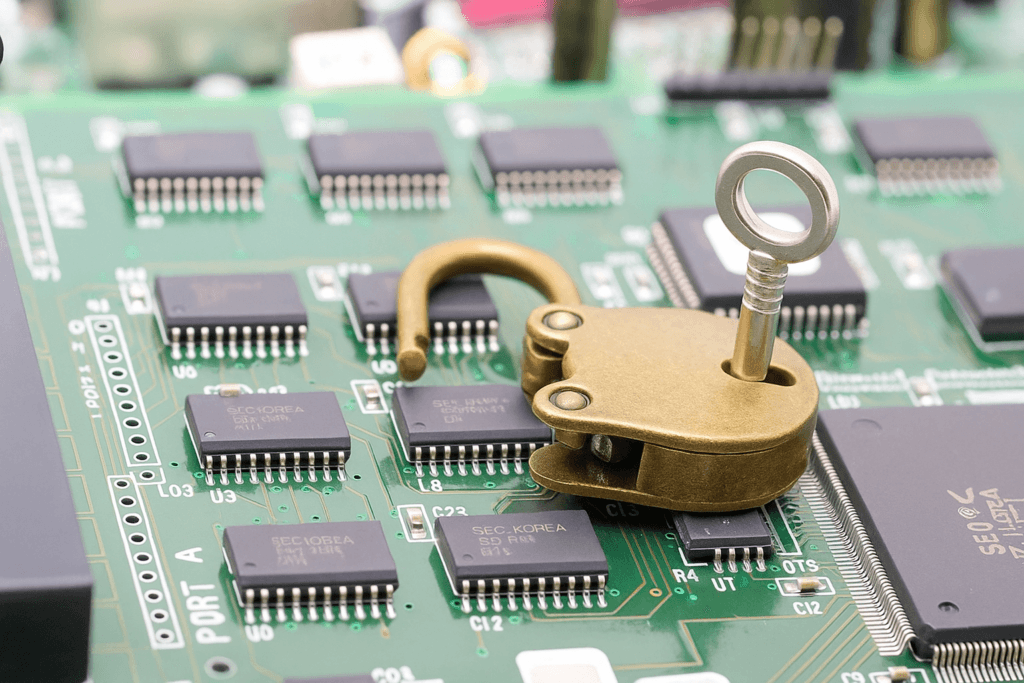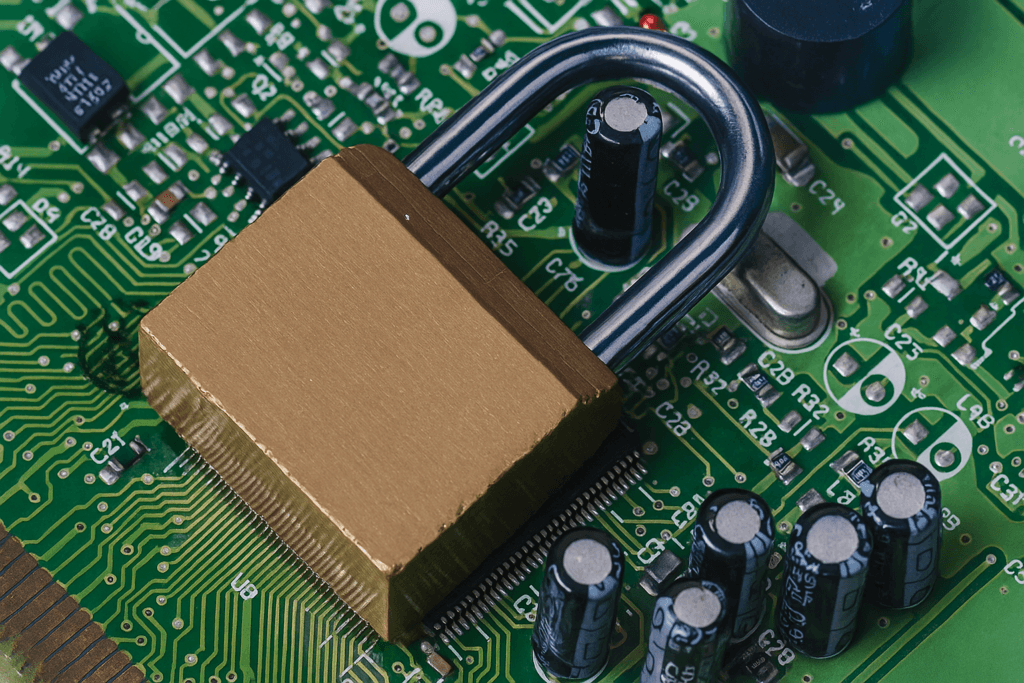Network security is evolving rapidly as cyber threats become more sophisticated and data traffic continues to grow exponentially.
Traditional security appliances often struggle to handle high-speed data processing without introducing latency. This is where Field-Programmable Gate Arrays shine.
FPGAs provide customizable hardware acceleration, enabling network security appliances to process data at line rate while maintaining high flexibility and adaptability.
However, designing FPGA-based network security appliances requires careful planning and consideration across multiple aspects. This article explores the key design considerations to keep in mind.

Understanding the Role of FPGAs in Network Security
FPGAs are integrated circuits that can be programmed after manufacturing to implement custom hardware logic. Unlike fixed-function ASICs, it offers:
- High-speed packet processing – Ideal for firewalls, intrusion detection systems (IDS), and deep packet inspection (DPI).
- Flexibility – Security protocols and algorithms can be updated without changing the hardware.
- Parallel processing capabilities – Multiple operations can run simultaneously for faster throughput.
By leveraging these capabilities, these network security appliances can detect and mitigate threats with low latency, high accuracy, and scalable performance.

Key Design Considerations
A. Performance Requirements
The first consideration is throughput and latency. Network security appliances must inspect packets in real time without creating bottlenecks. Key factors include:
- Line-rate processing – Ensuring the FPGA can handle full bandwidth traffic at all times.
- Pipeline depth and parallelism – Optimizing parallel processing to reduce latency.
- Clock frequency vs. logic utilization – Balancing speed and resource usage.
B. Security Algorithm Implementation
Allows designers to implement security algorithms directly in hardware for maximum efficiency. Consider:
- Cryptography acceleration – AES, RSA, ECC, and hashing functions can be hardware-accelerated for secure data transmission.
- Pattern matching and DPI – Customizable hardware for signature-based intrusion detection.
- Flexibility for updates – Ensure the architecture supports adding or updating security rules without full reprogramming.
C. Resource Allocation
Efficient utilization of FPGA resources is critical:
- Logic blocks (LUTs) and DSP slices – Allocate for computationally heavy tasks like encryption.
- Block RAM (BRAM) – Used for storing temporary data, lookup tables, and security rules.
- I/O bandwidth – Ensure enough I/O pins and transceivers to handle network traffic.
D. Power and Thermal Management
High-performance FPGAs consume significant power, which generates heat. Consider:
- Thermal design – Use heatsinks, fans, or liquid cooling for effective heat dissipation.
- Power optimization – Implement clock gating and power down unused modules.
- Energy efficiency – Essential for edge deployments or data centers with limited power budgets.
E. Scalability and Upgradability
Network traffic patterns and security threats evolve over time:
- Modular design – Enables adding more security modules or processing pipelines.
- Reconfigurable logic – Allows firmware upgrades and algorithm updates without replacing hardware.
- Interoperability – Ensure seamless integration with other networking devices and cloud management platforms.
F. Reliability and Fault Tolerance
Security appliances need to operate continuously without failures:
- Error correction codes (ECC) – Protect memory blocks from corruption.
- Redundant architectures – Use multiple FPGA paths to ensure uptime.
- Monitoring and diagnostics – Implement health monitoring to detect faults proactively.
G. Compliance and Standards
Compliance with networking and security standards ensures broad compatibility and legal adherence:
- Networking protocols – Support Ethernet, PCIe, TCP/IP, and other relevant standards.
- Security standards – Ensure compliance with standards like FIPS, ISO/IEC, and GDPR.
- Certification requirements – Plan FPGA designs to meet certifications if required for defense or enterprise sectors.

Development Flow for FPGA-Based Network Security Appliances
Designing FPGA-based security appliances involves several stages:
- Requirement analysis – Define throughput, latency, and security functionalities.
- Algorithm design – Select algorithms for encryption, pattern matching, and threat detection.
- Hardware architecture design – Plan pipelines, memory allocation, and I/O configuration.
- FPGA implementation – Use HDL (Verilog/VHDL) or high-level synthesis tools (HLS) to program the FPGA.
- Verification and testing – Functional simulation, timing analysis, and real-world packet testing.
- Deployment and monitoring – Integrate with network infrastructure and monitor performance and security logs.

Advantages of FPGA-Based Security Appliances
- Low latency and high throughput – Ideal for high-speed networks.
- Customizable and reconfigurable – Future-proof against evolving threats.
- Hardware acceleration – Offloads CPU resources for other applications.
- Enhanced security – Difficult for attackers to tamper with hardware-level operations.
Challenges to Consider
Despite their advantages, FPGA-based network security appliances face challenges:
- Complex development process – Requires specialized skills in hardware design.
- Cost considerations – High-end FPGAs can be expensive.
- Upgradability limitations – While flexible, some hardware changes may require new FPGA models.
- Debugging difficulty – Hardware-level debugging is more complex than software-level troubleshooting.

Conclusion
FPGAs are increasingly becoming the backbone of high-performance network security appliances. They provide unparalleled speed, flexibility, and efficiency in handling complex security tasks while keeping latency minimal.
However, successful implementation requires careful attention to performance, resource allocation, algorithm optimization, scalability, and compliance.
By keeping these considerations in mind, enterprises can leverage FPGA-based appliances to build robust, future-ready network security infrastructures capable of tackling today’s and tomorrow’s cyber threats.


![What is FPGA Introduction to FPGA Basics [2023] computer-chip-dark-background-with-word-intel-it](https://fpgainsights.com/wp-content/uploads/2023/06/computer-chip-dark-background-with-word-intel-it-300x171.jpg)









